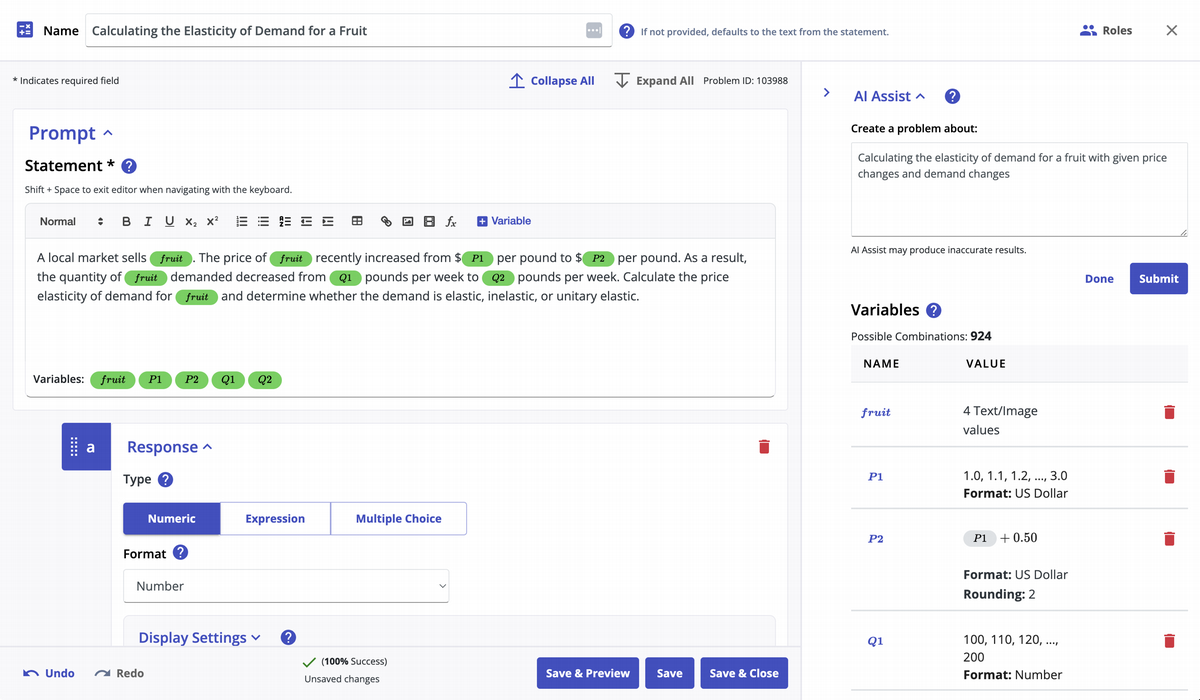Purdue Innovative Learning develops game-changing AI tools to enhance Teaching and Learning
Since before the AI boom, Purdue’s Teaching and Learning Technologies team has been working on tools to assist instructors and students. With the release of ChatGPT in 2022, the team is finding innovative applications for AI to enhance the teaching and learning experience.
Since 2009, Kevin O'Shea has been at the forefront of bridging academia and technology at Purdue University. When he began his role, his mission was to harness the then-emerging mobile technology that was reshaping student attention and engagement. O'Shea recognized the need to help professors adapt to this new digital landscape.
“We have an edge of being able to look at the market, see what’s out there and then make determinations and action around the needs of what our faculty are bringing to us,” he said.
Fast-forward to 2024, and O'Shea and his team at Instructional Innovations face a familiar yet evolving challenge. They're now working to integrate artificial intelligence, another transformative technology revolutionizing teaching and learning.
The Instructional Innovations team will have two main homegrown AI products available next semester to assist faculty and students. One of them, Variate, allows instructors to create multi-part math problems and allows the use of randomized variables to ensure that each student sees a unique version of the problem.
Variate is intended to be an innovative, easy-to-use, no-coding-required STEM assessment platform that reduces the everyday workload of professors and TAs.
“Incorporating generative AI to Variate allows faculty to save faculty time in question creation by writing a prompt instead of full problem expressions and editing the results,” O’shea says.
The team aims to pilot a new and refined version of Variate in more classrooms this upcoming semester.

The other AI product the team has been working on is Charlie, a customized essay feedback software that provides students with immediate feedback on their essays using their professor’s rubric.
The team has worked with Innovation Hub fellow and sociology professor Lindsay Hamm for the past six years to implement the software into her classroom.
“We originally created a learning model internally using past graded essays to help Professor Hamm’s students get a numerical indicator of how their rough draft would do if they were to turn it in that day,” O’Shea explains.
While the students liked the immediate feedback from the tool, many said they wanted more suggestions on how to receive a better score.
“In the last eight months, we worked very hard with her to use the power of OpenAI’s GPT to help us provide that next layer of feedback,” O’shea says. “We can now take a submission from a student and send it to GPT through the data protection pipeline and immediately receive feedback and writing suggestions in the essay.”
Hamm says the tool has been revolutionary in her classrooms and provides time for a deeper and meaningful critique of her students' work.
“I found that it helps students see what they need help with according to what I was looking for in the rubric,” Hamm said. “Then they were able to form better questions and bring them to me.”
But O'Shea and his team are not stopping there. They are continuously exploring new ways to leverage AI to further enhance the educational experience at Purdue. The ongoing goal is to create an adaptable, future-forward educational environment that prepares students for the challenges of tomorrow while easing the workload of educators today.

Malini Nair
Communication Assistant for Teaching & Learning, tlcoms@purdue.edu